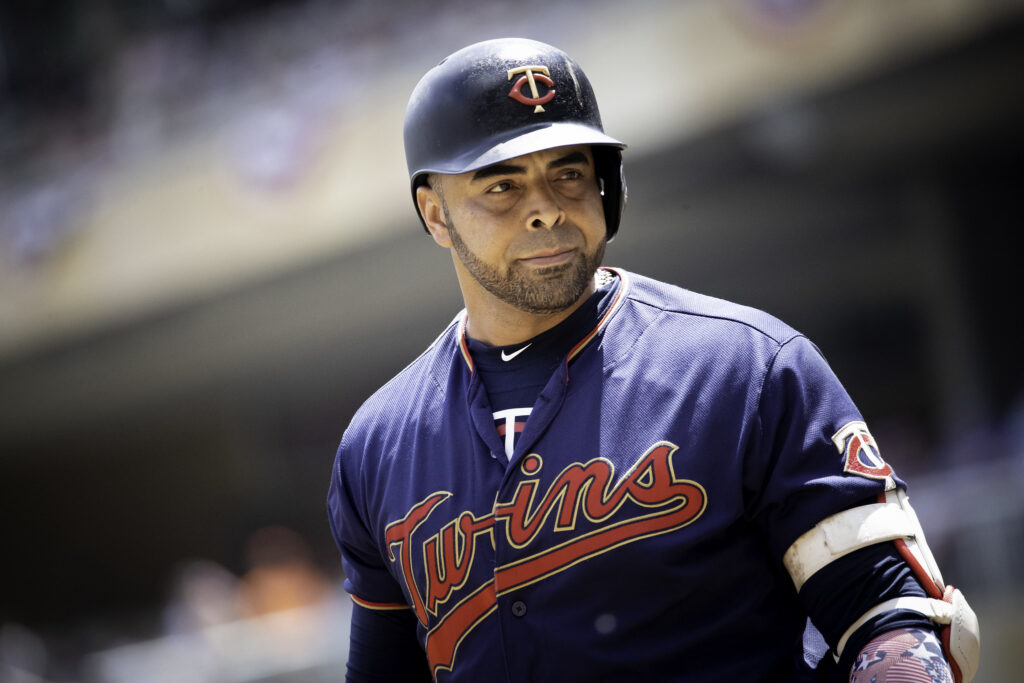
As the Minnesota Twins will finally begin the 2020 season next month, there’s a lot to look forward to with a team that was set to be an American League contender before the COVID-19 pandemic hit.
Even as there is excitement to seeing the Twins on the field, there are a couple of changes that will make this year different.
Along with a 60-game schedule that will feature the Twins facing opponents from the American and National League Central divisions, baseball is implementing several rule changes that will impact every team as they sprint toward a World Series title. How will it impact the Twins? Let’s take a look.
60-game schedule
The biggest change heading into 2020 is the implementation of a 60-game schedule. Although players were willing to have the season end closer to Christmas than Halloween, the owners wanted to maximize their own revenue and this is the result.
Although fans will question the legitimacy of a short season, the Twins will play the hand they are dealt in 2020, which happens to be a very favorable one.
With the Twins still being matched up with the lowly Detroit Tigers and Kansas City Royals, they’ll also see a division that had one team, the St. Louis Cardinals, win over 90 games last season, while the NL Central also features the lowly Pittsburgh Pirates, who lost 93 games last year.
While there’s a chance that teams such as the Chicago White Sox and Cincinnati Reds could improve with their offseason acquisitions, the Twins have the easiest schedule in baseball. This should help the Twins surge toward the top of the AL Central for the second straight year.
Universal DH
Since the AL and NL realigned to have 15 teams in each division, a lot has been made about teams having to play by the home ballpark’s rules including the use of the designated hitter.
Long seen as an advantage for the home team, there were whispers that we could see a universal DH and with nearly one-third of the 2020 schedule being against National League opponents, that day may have arrived.
Having a designated hitter for all games will be a huge advantage for the Twins, who always had to figure out what to do with Nelson Cruz in NL ballparks. Manager Rocco Baldelli can just set his four-spot in the lineup automatically or also give other veterans such as Josh Donaldson a day off even if they’re playing an NL team.
With a good chance this may stick beyond this season, the Twins should have an advantage thanks to their power at the plate.
Dwindling rosters
Under the agreement for this season, the Twins will begin Spring Training (or is it Summer Training?) with a 60-man roster. That number will be cut down to 30 for Opening Day, 28 on the 15th day of the season and 26 on the 31st day of the season.
Using a 60-man roster as the base logic, the Twins will likely combine their major league and Triple-A rosters as their initial submission, which is due on Sunday. But if the Twins want to give some of their younger players some development, this could get wild.
This means the wait for Alex Kirilloff or perhaps even Royce Lewis to make their major league debut gets accelerated. Or we see Jordan Balazovic out of the bullpen and the possibility of a Jhoan Duran starting.
Maybe the Twins won’t be that aggressive considering their goal to win games right now, but a youth movement could start sooner than later, which could lead to some Wally Pipp action this summer.
Runner on second base in extra innings
The baseball purist in me dies a bit inside by talking about this, but with Rob Manfred’s hellbent desire on wrapping up games, the experiment of having a runner on second in extra inning games is coming to the major leagues.
In the minor leagues, the idea worked to perfection according to Baseball America’s J.J. Cooper, who noted nearly a 25 percent increase of extra-inning games finishing within one inning once the rule was implemented.
Fixed my calculations:
Games resolved after 1 extra inning in 2016-2017: 45 percent
Games resolved after 1 extra inning in 2018-2019 with the new extra-innings MiLB rule: 73 percent https://t.co/R6Uxg46qyp— JJ Cooper (@jjcoop36) June 23, 2020
For the Twins, this might get a little hairy. As a team built on more power than speed, their best runner in this situation is Byron Buxton, who is likely to be in the lineup as the team’s centerfielder.
However, according to The Athletic’s Jayson Stark, the runner on second to start the inning will be the player who preceded that inning’s leadoff hitter, meaning there’s no guarantee a speedster will be in scoring position to start an extra frame.








